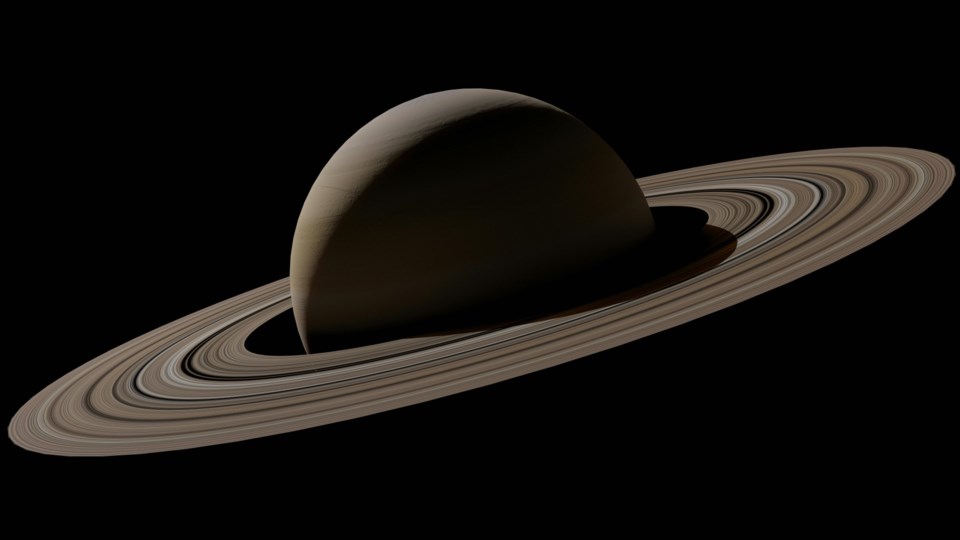The moon begins June at the waning gibbous phase, approaching new moon June 6. June 2, Mars is two degrees south, and June 4 and 5, a gathering crowd of objects fills the eastern morning sky – Saturn, Neptune, Mars, the moon, Uranus, Jupiter and Mercury. The only planet not visible is Venus, which is behind the sun.
The moon is just a tiny sliver, so hardly visible until later on. June 9, now in the evening sky, the moon is 1.7 degrees south of Pollux, a Gemini twin. Orbiting in the space between Mars and Jupiter are the minor planets (asteroids), and June 13, Minor Planet Juno is 0.5 degrees from the moon (occulted for viewers in the South Pacific. By the 16th, the nearly full moon is among the stars of Scorpius, 0.3 degrees from the red star, Antares, another occultation for the western Pacific.
The moon is full June 21. In the late evening of June 22, Dwarf Planet Ceres is occulted by the moon for most North American observers. (What makes Ceres a dwarf planet as opposed to a minor planet is its shape – it has enough gravitational mass to be a globe.) June 27 and 28, Saturn and Neptune snuggle up close to the moon, 0.08 and 0.3 degrees away. Both events are occultations in the southern and western Pacific.
Mercury and Jupiter are 0.1 degrees apart on June 4, but close to the early morning horizon, which makes for a challenging observation.
Venus is noted in the RASC Observer’s Handbook as follows: Too close to the sun to be seen. Achieves superior conjunction June 4, when it will in fact be occulted by the sun, as it has been every June at eight-year intervals since 1976, a 10-event series that ends in 2048.
Mars is in the morning sky among the stars of Aries. The Red Planet is joined by the moon June 2.
Jupiter was too close to the sun, but is now becoming visible in the early morning eastern sky. This will be a great opportunity to view the bright, giant planet. See Mercury above for details of a close meetup.
Saturn rises shortly after midnight and spends the night crossing the sky. The planet goes through what is termed a ring-plane crossing every few years. The last one was in 2009 and the next is coming in March 2025, so watch for the ring angle to gradually diminish as this year proceeds.
Uranus in Taurus is reappearing from behind the sun in the eastern morning twilight. It remains among the stars of Taurus, The Bull.
Neptune is in Pisces, the Fish, a little east of Saturn. The moon glides by June 1 and again June 28. Although the distant planet is occulted by the moon several times throughout the year, such observations are challenging for the casual observer. The occultation noted in The moon above is only visible from the central Pacific, across South America, and into Europe.
June 20 is the summer solstice – the days begin to shorten.
James Edgar has had an interest in the night sky all his life. He joined the Royal Astronomical Society of Canada in 2000, was national president for two terms, is now the editor of the Observer’s Handbook, and production manager of the bi-monthly RASC Journal. The IAU named asteroid 1995 XC5 “(22421) Jamesedgar” in his honour and in 2021 he was awarded a Fellowship of the RASC.




